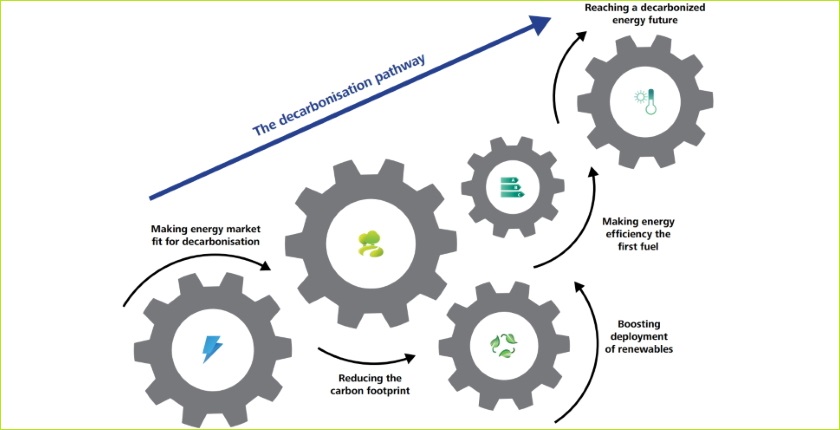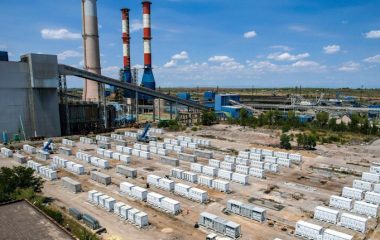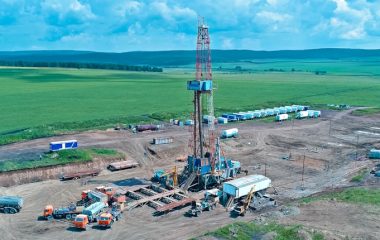
Photo: Energy Community Secretariat
Policies and regulations for the energy transition are mostly not in place yet in the Western Balkans, the Energy Community Secretariat said in the second edition of its Energy Transition Tracker. Moving away from fossil fuel electricity production, which currently has a share of 61%, is the most crucial and challenging task on the way toward carbon neutrality, it stressed.
A number of positive developments were seen in Albania, Bosnia and Herzegovina, Kosovo*, Montenegro, North Macedonia and Serbia, but political pledges, including to follow the European Union in its path towards a carbon neutral economy by 2050, made under the Sofia Declaration, are yet to be translated into concrete actions, according to the semiannual Energy Transition Tracker, which points to decarbonization challenges.
In its second report, the Energy Community Secretariat said effective policies and regulatory instruments to drive the energy transition forward are for the most part not yet in place in the Western Balkans. Carbon dioxide emissions from electricity and heat production rose by 1% from 2018 to 2019, reaching 56.5 million tonnes, it added.
Four countries sticking with plans to reconstruct, build coal power plants
Moving away from fossil fuel electricity production, which accounts for two thirds of the region’s CO2 emissions, is the most crucial and challenging task for the WB6 group of countries, the authors underscored. The only exception is Albania, where electricity production is 100% from renewables.
At present, fossil-fuel thermal power plants still hold the lion’s share, around 48%, of the capacity generation in the WB6. In the region, coal-fired power plants constituted 43% of total electricity generation capacities and 61% of total electricity production in 2019.
Kosovo’s KEK commissioned a feasibility study in December on the rehabilitation of thermal power plant Kosovo A
The installed capacity of coal-fired power plants has remained at around 8.2 GW. North Macedonia was the first to announce a gradual decommissioning of its thermal power plants. In contrast to the decarbonization push, the remaining four WB6 parties are moving on with their plans to refurbish coal-fired energy capacities or commission new ones.
Following the termination of the contract for the construction of TPP Kosovo e Re, state-owned power production company KEK commissioned a feasibility study in December on the rehabilitation of TPP Kosovo A.

Western Balkans are on track to adhere to EU’s emissions trading scheme by 2040
“The deployment of renewables is gaining speed in the region. To continue the upwards trend, all WB6 are moving towards market-based support schemes and explore options for a regional system of guarantees of origin with the assistance of the secretariat,” the document reads. It highlights the need for a regional approach towards introducing carbon pricing and joining the EU Emission Trading Scheme.
None of the countries moved the share of renewables in transportation significantly away from zero
According to the indicated timeline that was laid out in the report, all parties are able to adopt carbon pricing in a coordinated way and in a timely manner. By 2040, the region can adhere to the EU ETS, though Kosovo’s* compliance is estimated to reach only 85%. There would be no free allowances except if they are specified in the transitory regimes.
Despite having an obligation to reach the 2020 target of a 10% share of renewable energy in transportation, none of the countries moved significantly away from zero in the particular decarbonization segment, the authors noted. The most advanced is Serbia, with a 1.2% share.
Energy productivity remains low in all parties, indicating that energy efficiency saving measures and investments are not implemented to a large enough extent, the secretariat said.


















Be the first one to comment on this article.